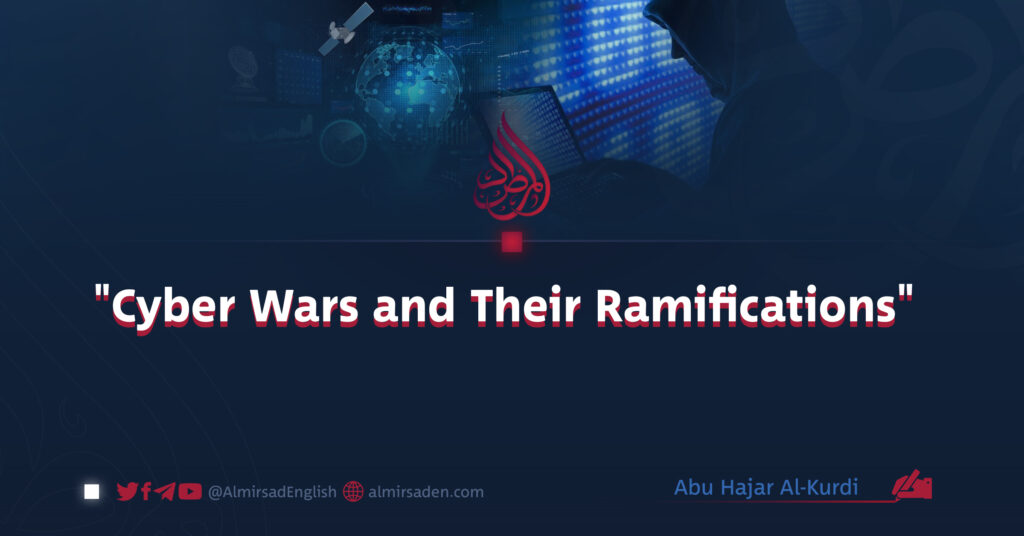Written by: Abu Hajar Al-Kurdi
Yesterday, as reported by the Al Jazeera TV network, more than 2,700 individuals in Lebanon sustained injuries simultaneously in various cities as a result of the explosions involving portable communication and messaging devices known as pagers. Simultaneously, media reports citing certain Israeli officials have characterized this incident as a form of Israeli cyberwarfare targeting Hezbollah in Lebanon.
However, the concept of cyberwarfare must be defined and understood.
Cyberwarfare is the use of cyber attacks against an enemy state, causing comparable harm to actual warfare and/or disrupting vital computer systems. Additionally, cyberwarfare refers to conflicts in which digital and internet tools are utilized for both offensive and defensive purposes.
These types of wars involve attacks on critical infrastructure, disruption of online services, and infiltration of intelligence systems and internet channels.
The origins of cyberwarfare can be traced back to the early 1990s and 2000s, a time when the expanded use of the internet and digital tools led to a rapid increase in cyber threats. Notable examples of these conflicts include cyber attacks carried out during modern wars and international disputes, where digital tools are employed to undermine adversaries.
This form of warfare is evolving on an international scale and encompasses various dimensions:
1. History and Background:
– 1990s: As the internet and information technology progressed, cyber attacks emerged as a new form of threat. During this period, hackers and independent groups initiated attacks such as viruses and worms.
– 2000s: Cyber attacks became more complex, prompting several countries to establish specialized cyber security units. One of the first significant examples of a cyber attack was the Stuxnet attacks in 2010, which targeted Iran’s nuclear facilities.
2. Types of Cyber Attacks:
– DDOS Attacks (Distributed Denial of Service): A distributed denial-of-service (DDoS) attack is a malicious attempt to disrupt the normal traffic of a targeted server, service, or network by overwhelming the target or its surrounding infrastructure with a flood of Internet traffic.
– Network Infiltration: This encompasses unauthorized access to institutional or governmental information and systems through various methods.
– Viruses and Malware: Malicious programs designed to harm computer systems.
3. Goals and Ramifications:
– Goals: These goals can include disrupting critical infrastructure, stealing sensitive information, fostering public distrust, and tarnishing the reputation of governments and organizations.
– Ramifications: This can result in financial and economic losses, reputational damage, disruption of public services, and in certain scenarios, heightened political and military tensions.
4. Defense and Mitigation Measures:
– Formulation of Cyber Security Policies: Nations and entities work towards creating cyber security policies and standards to safeguard their data and systems.
– Education and Awareness: Training employees and users regarding cyber threats and strategies for prevention.
5. Cyber Warfare and International Affairs:
– Utilization of Cyber Tools in Conflicts: Nations may leverage cyber attacks as a strategic asset in international conflicts and disputes.
– International Collaboration: To combat global cyber threats, there has been a surge in international cooperation and information sharing among nations and international bodies.
In the digital era, cyber warfare has emerged as a critical and intricate domain that necessitates focused attention on security measures and international policies.
